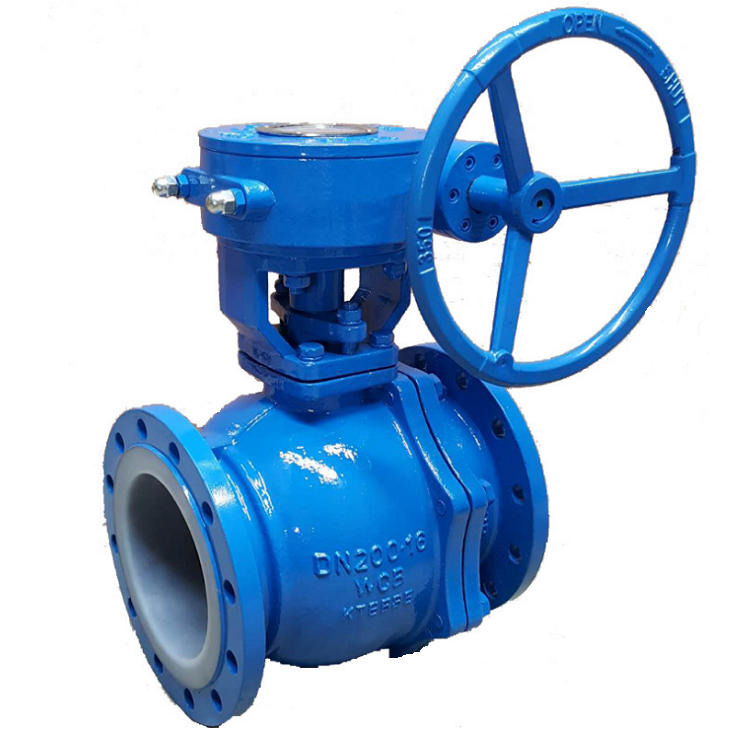Cost Analysis of Rubber Expansion Joints for Industrial Applications
Understanding Rubber Expansion Joint Pricing
When it comes to industrial applications, flexibility, shock absorption, and vibration isolation are essential components that ensure the longevity and efficiency of piping systems. Rubber expansion joints play a critical role in these scenarios, allowing for movement, accommodating thermal expansion or contraction, and minimizing stress on systems. However, for many engineers and procurement professionals, understanding the pricing of rubber expansion joints can be a complex task. This article aims to shed light on the factors influencing the price of rubber expansion joints, helping you make informed decisions for your projects.
What are Rubber Expansion Joints?
Rubber expansion joints are flexible connectors made from elastomeric materials. They are designed to absorb movement in piping systems due to thermal expansion, vibration, or misalignment. Commonly used in various industries such as water treatment, HVAC systems, and chemical processing, these joints not only reduce strain on pipelines but also help in noise and vibration attenuation.
Factors Influencing Price
1. Material Quality The quality of the rubber used directly impacts both performance and price. Natural rubber is often cheaper but may not withstand harsh environmental conditions as effectively as synthetic options like neoprene, EPDM, or silicone. Higher-quality materials that offer greater durability and resistance to chemical corrosion typically command higher prices.
2. Type and Design There are numerous designs and types of rubber expansion joints, each tailored for specific applications. For example, single arch, double arch, and sleeve joints vary in design complexity and functionality. More complex designs that ensure higher performance levels will generally cost more.
3. Size and Dimensions The size of the expansion joint, primarily its diameter and length, significantly affects the price. Larger joints require more material and may necessitate additional manufacturing processes, which can increase costs.
rubber expansion joint price

4. Pressure and Temperature Ratings Joints operating under higher pressure and temperature ratings require stricter manufacturing standards, higher-grade materials, and extensive testing, all of which contribute to increased pricing.
5. Customization Custom-designed rubber expansion joints tailored for specific applications may lead to inflated costs. Factors such as unique dimensions, specialized materials, or specific pressure ratings can increase the price due to the additional engineering and production time involved.
6. Quantity and Bulk Orders Purchasing rubber expansion joints in bulk can often lead to discounts. Manufacturers may provide tiered pricing models where the per-unit cost decreases with higher order volumes. This is beneficial for ongoing projects or large-scale installations but requires upfront commitment.
7. Brand and Manufacturer Reputation Established manufacturers with a solid reputation for quality and reliability may charge more for their products. While cheaper alternatives might seem appealing, the long-term reliability and performance of premium products often justify the initial investment.
8. Shipping and Logistics Depending on the location of the manufacturer and the delivery destination, shipping costs can vary significantly. Customers should factor in freight charges when comparing prices from different suppliers, as these can sometimes negate any savings from a lower product price.
Conclusion
Ultimately, the pricing of rubber expansion joints is influenced by multiple factors, including material quality, design, size, and specific project requirements. While it may be tempting to opt for the lowest-priced options, it’s crucial to consider long-term performance and reliability. Investing in high-quality rubber expansion joints can lead to savings in maintenance and replacement costs down the line.
When sourcing rubber expansion joints, conducting thorough research and comparing various manufacturers can yield the best results. Consulting with industry experts or engineering professionals can further assist in choosing the right product at the right price. As the importance of efficient and flexible piping systems continues to grow, understanding the nuances of rubber expansion joint pricing will ensure your projects are both cost-effective and of the highest quality.
-
Breakthrough in Domestic Low Temperature Valve Technology in ChinaNewsAug.18,2025
-
From Machinery to Intelligent Brain: The Digital Transformation Wave of the Valve IndustryNewsAug.18,2025
-
PCVEXPO 2025NewsAug.18,2025
-
The Key to Fluid Control: Exploring the Advantages of Ball Valves in Industrial SystemsNewsJul.09,2025
-
The Versatile World of 1, 2, and 3 Piece Ball ValvesNewsJul.09,2025
-
Stainless Steel Ball Valves: The Ideal Choice for Efficient Flow ControlNewsJul.09,2025
-
Optimizing Fluid Control with Ball Float ValvesNewsJul.09,2025




